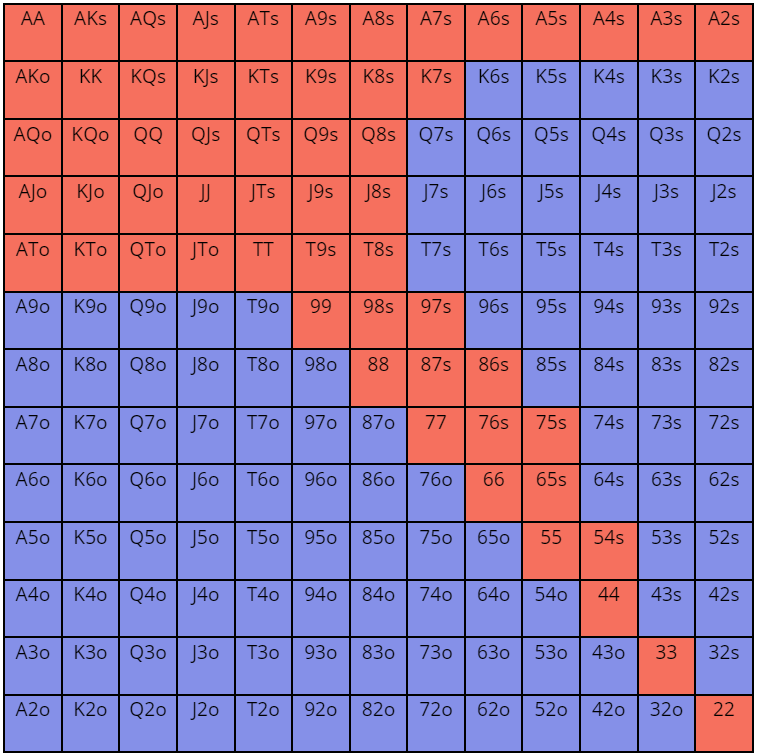When it comes to playing poker, one of the most important skills to develop is the ability to read your opponents’ hands. Being able to accurately assess the strength of your opponents’ hands can give you a huge advantage at the poker table. In this article, we will cover some key strategies for reading poker hands and playing like a pro.
Understanding Hand Ranges
One of the first things to understand when reading poker hands is the concept of hand ranges. A hand range is the spectrum of hands that a player could have based on their actions in a particular hand. By observing your opponents’ betting patterns and considering the range of hands they could be holding, you can make more informed decisions about your own hand.
For example, if a player raises pre-flop and then bets on the flop and turn, you can start to narrow down their range of hands. They likely have a strong hand, such as top pair or better, or a strong drawing hand. By considering their range of hands, you can make more accurate decisions about whether to fold, call, or raise.
Reading Betting Patterns
Another key aspect of reading poker hands is analyzing your opponents’ betting patterns. Different players have different tendencies when it comes to betting, and paying attention to these patterns can give you valuable information about the strength of their hand.
For example, a player who consistently bets aggressively when they have a strong hand may be more likely to bluff when they are weak. Conversely, a player who only bets when they have a strong hand may be easier to read and exploit. By observing your opponents’ betting patterns, you can make more informed decisions about how to play your own hand.
Positional Awareness
Positional awareness is another crucial skill when it comes to reading poker hands. Your position at the poker table relative to the dealer button can have a significant impact on the strength of your hand. Players in later positions have more information about their opponents’ actions, allowing them to make more informed decisions.
For example, if you are in a late position and your opponent bets into you, you can more accurately assess the strength of their hand based on the action that has taken place before you. Conversely, if you are in an early position and facing a bet, you may have less information to work with. By understanding the importance of positional awareness, you can better read your opponents’ hands and play more effectively.
Putting It All Together
Reading poker hands is a complex skill that takes time and practice to develop. By understanding hand ranges, analyzing betting patterns, and being aware of your position at the table, you can start to read your opponents’ hands more effectively. Remember to stay patient and focused, and over time you will start to see improvement in your ability to read poker hands and play like a pro.
So next time you sit down at the poker table, remember these key strategies for reading poker hands and give yourself the best chance of success.
